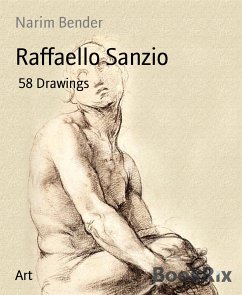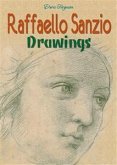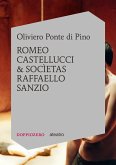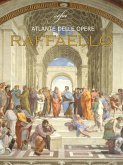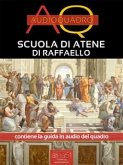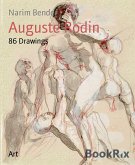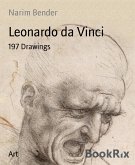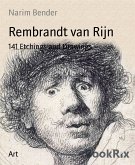Raffaello Sanzio was an Italian Renaissance painter, architect and designer. His work along with that of his older contemporaries Leonardo and Michelangelo defined the High Renaissance style in central Italy. His posthumous reputation was even greater, for until the later 19th century he was regarded by almost all critics as the greatest painter who had ever lived — the artist who expressed the basic doctrines of the Christian Church through figures that have a physical beauty worthy of the antique. He became the ideal of all academies (it was against his authority that the Pre-Raphaelites revolted), and today we approach him through a long tradition in which Raphaelesque forms and motifs have been used with a steady diminution of their values. He has been a major inspiration to great classical painters such as Annibale Carracci, Poussin, and Ingres. Raffaello was one of the finest masters of drawing in the history of art. The completing of a huge number of studies in a diversity of techniques was Raphael's typical practice. He first made rapid sketches, and then polished them for transfer. The number of his existing drawings is over 400, but this is only a small part of the amount he produced. There was a diversity of media and techniques in his time, and he explored all of them. Raphael acquired ability in the use of silverpoint, in which the metal tip of a stylus is worked on a prepared ground applied to the paper. He first used pen and ink broadly after 1505.
Bitte wählen Sie Ihr Anliegen aus.
Rechnungen
Retourenschein anfordern
Bestellstatus
Storno

